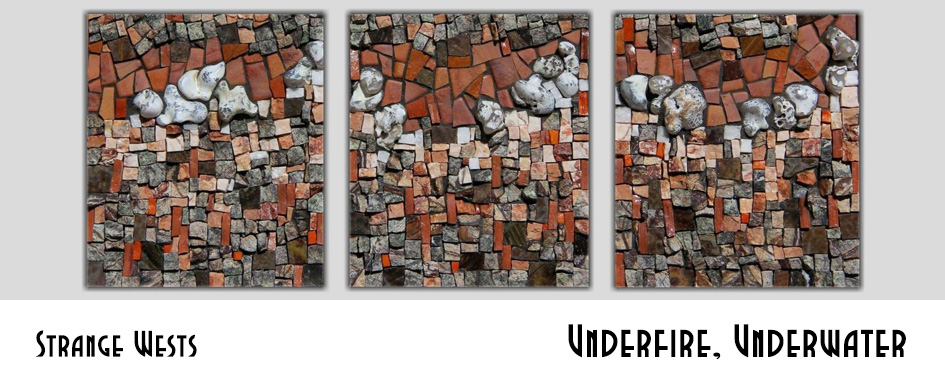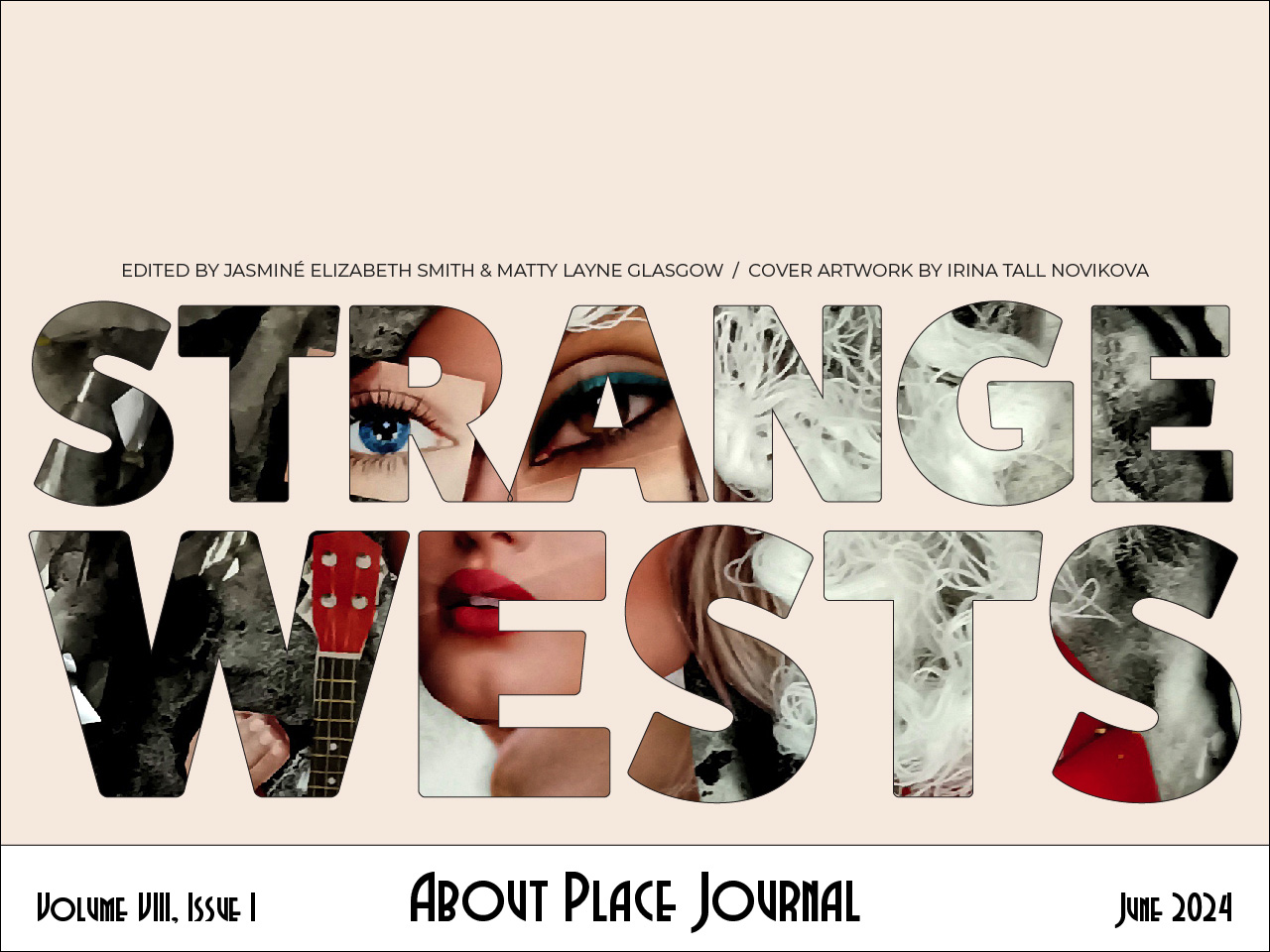The earth is sliced by rivers as they run through. The water flows to sagebrush and steelhead until it reaches something greater. In these paths, this gushing, running, rolling, fluidity cultivates beauty.
Fly fishing is a form of fishing that utilizes a longer, more flexible rod and lighter line. In regular fishing, people tend to use bait that sinks down into the water, but when fly fishing, the fly normally floats on top although there are a few sinkers that sink a little bit below the surface to signify small fish or other small aquatic creatures.
My family is full of flyfishers. My dad comes from Washington, where he and his siblings would go deep into the Cascades in search of fish. They would pile into the back of my grandma’s pickup truck, and head east. My mom’s dad is from North Carolina, where he would fish calmer waters for snook, which are two-foot-long fish that breach out of the water when biting a top-sitting fly. And my brother Saxton is a flyfisher who is a much more skilled fisher than I.
We learned to read the water on the Warm Springs River in Idaho. It’s a steady flowing river that spans through a portion of Boise and into a ski town. Surrounded by mountains, it is ever changing. I find that each year I go back with my brother, new bends have been sculpted, inlets loosened, logs fallen. It’s surrounded by tall cheatgrass which swirls in the wind and sagebrush that fights it. This is the place I learned how to cast a rod. However, casting a rod and being able to get a fly in the water are not the only things you need to know in order to catch a fish. You must also learn where to put your fly. My dad taught us that fish prefer slower-moving water, places where the water stalls and whirls, creating a natural accumulation of prey that is harvested with little effort, a perfect combination. Casting a fly above one of these inlets and letting the river bring it to the fish is the best strategy. Because spots like these are always shifting, it takes a keen eye to recognize one. As the river grows older, we must grow and learn with it.
Because of the declining population of some fish species, they are becoming increasingly difficult to catch. In Idaho, Cutthroat trout are one of the only native trout populations. While other fish populations are thriving, they are suffering due to the fact that most of their food is being stolen by invasive species. The catch rate of Utah Chubb, an invasive species, has increased sixteen fold, while Cutthroat’s rate has extremely decreased (Darcy MacCarrick, 2022). For flyfishers, this makes fishing much more difficult. We must be much more in tune with their migrations and fish runs. It’s also crucial to examine the types of bugs they are eating, and where and when they are eating them. We need to be precise. Precision is one of Saxton’s strengths. Upon arrival to any spot where we plan to fish, he surveys the aquatic wildlife; the bugs that linger atop of the water and the ones that sit on leaves close by. His eyes shift slowly across the river’s edge. He has a selection of flies, up to fifty, that he lets me borrow. Wherever he lends me one, it always comes with a suggestion on how to cast it, when to recast, and how to manipulate it to make it seem alive.
**********
He stood on the edge of the bank on Big Wood River. I stood on a log right down the bend. The river flowed slowly through the oaks, gaining water from each brook that entered along the way. The water settled in between each rock, but broiled again with each collision. We had been on the Wood for hours, disappointed by the fact that we woke up early in search of more fish, but had caught none. We marched further down the river, throwing a fly in each pool, hoping for one to submerge as a fish snatched it.
We walked along the river for hours. As we arrived at a bend, Saxton contemplated our journey, but I walked on, longing to feel the tug of a trout. Chasing this exhilarating feeling, I lose all track of time, place, and occasionally safety. When the bend opened up into a straight, a moose and two calves danced in the shallow waters. The mother, who is known to be one of the most aggressive animals, used her antlers to spray water on her calves, who seemed to wince when the droplets were whipped onto their light brown coat. She was considerably larger, but all three of the mammals seemed to be the biggest animals I had ever seen. My brother and I glanced at each other with a mix of confusion and fear, as we didn’t know what to do. Although watching this interaction was beautiful, the seventy-foot cushion between us and these animals was not enough to make me feel comfortable. We slowly walked backwards, keeping our eyes on the mooses, around the bend and into safety. We figured that if we couldn’t see them, they couldn’t see us. Even though I never caught a fish that day, it was one of the most exciting and humbling experiences as a flyfisher.
********
Nature teaches me to lose. The rivers like to take… and take… and take, but everything comes back around.
Deep in the Idaho desert, Saxton drove me and two nine-foot rods into the desert. The mountains were expansive, and I examined each one, hoping to spot wildlife. The hills were rounded but the valleys felt sharp, as if the rivers had dug so far into its core it hurt. We turned down a steep side road; dust kicked up behind our back two wheels. The river we wanted to fish was hidden behind fifty yards of tall, dense bushes; it seemed different than our grandpa had explained to us. After battling the bushes, we came across an overwhelmingly promising spot. Differing from the habitat outside of the bushes, the bank of the river felt like a new biome. Small trees provided shade for the river, and tall green grass grew all around. The water was faster than anything I had ever fished, it bashed up onto the walls of the river, creating inlets.
We traveled three hours from the small town, named Ketchum, that we were staying in, as we wanted to catch bigger fish than the ones that reside in the rivers where we came from. I settled on a rock near the edge of the river, and began casting. The noise of my fly swooshing past my face with each stroke forward and back calmed me. I watched the nymph gain distance and power, until I let the line go and the fly settle near a slowdown in the river. Right as it began to float down and into a stronger current, it submerged and I immediately yanked up on my rod. My rod bent to a ninety-degree angle as the trout fought back. I tirelessly stripped my line in, certain that this would be the biggest freshwater fish of my life. I was astonished when I saw it. Its rainbow-colored scales glistened in the sunlight, amplified by the rushing water and contrasting the rocks beneath it. Each turn and push that it used to fight my line was precise, each spin elegant. However, I only got to see this fish for so long. Once it was within ten yards of me, it wiggled its way off of my hook and bolted back into the darkest parts of the river. Heartbreak ensued.
**********
I give thanks to the waters I have fished, the animals that I have gotten to witness and catch inside of them. The isolation that finds me when I am on the river’s edge is only natural, considering my family is full of flyfishers.
Although rivers slice the world, they connect us all to it, and to each other.
Work Cited
MacCarrick, Darcy. “F&G Biologists Look into the Effect of Utah Chub on Yellowstone Cutthroat in Henrys Lake,” 22 July 2022, https://idfg.idaho.gov/blog/2022/07/affect-utah-chub-yellowstone-cutthroat-trout-henrys-lake


